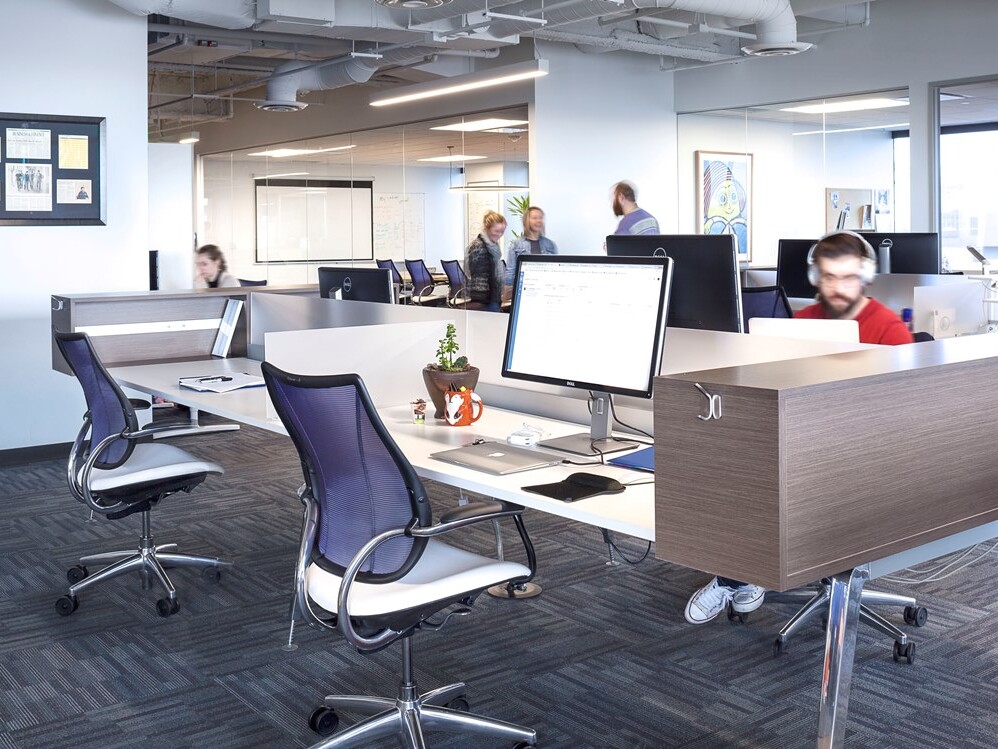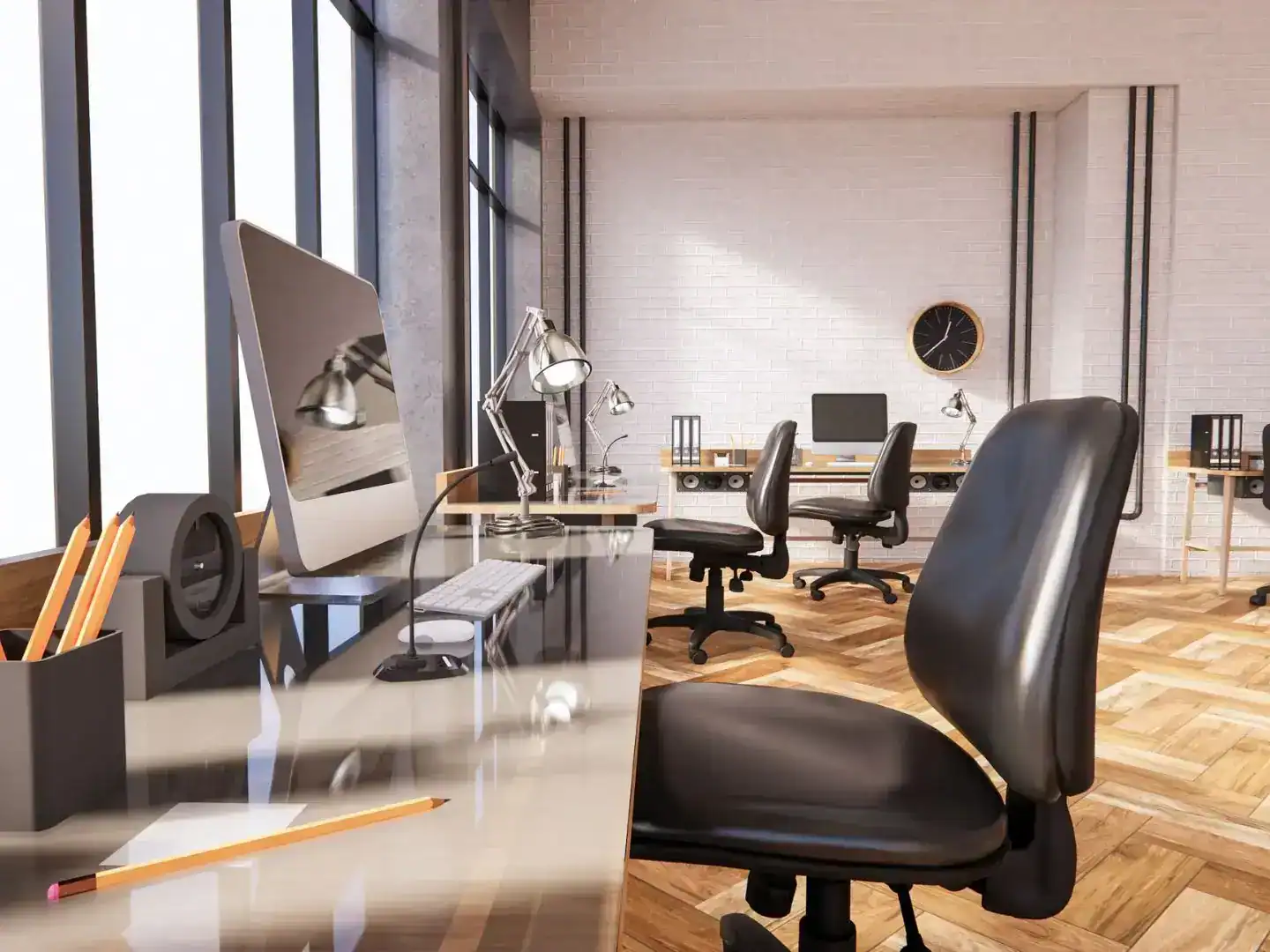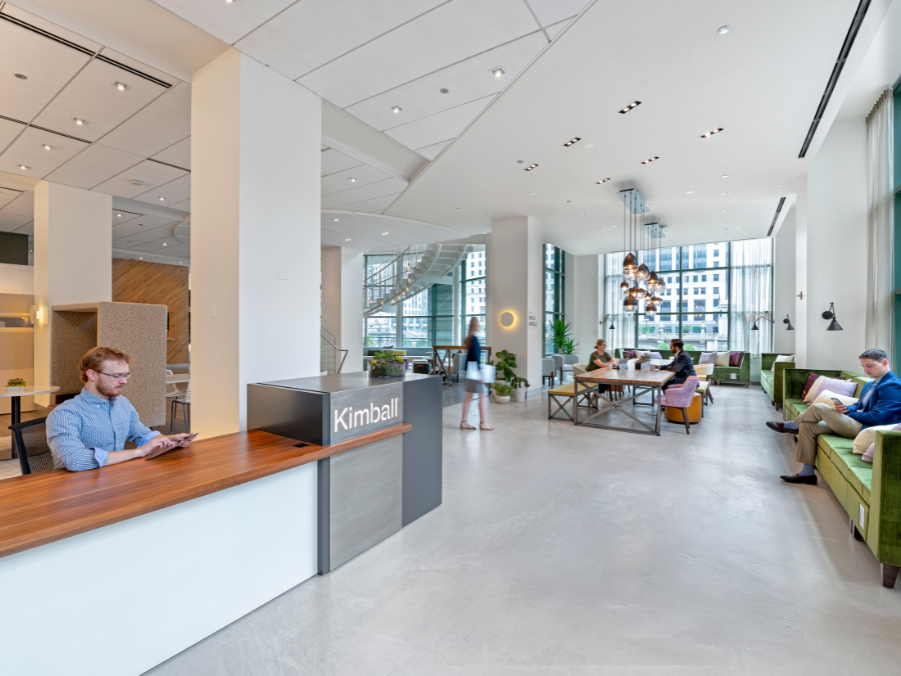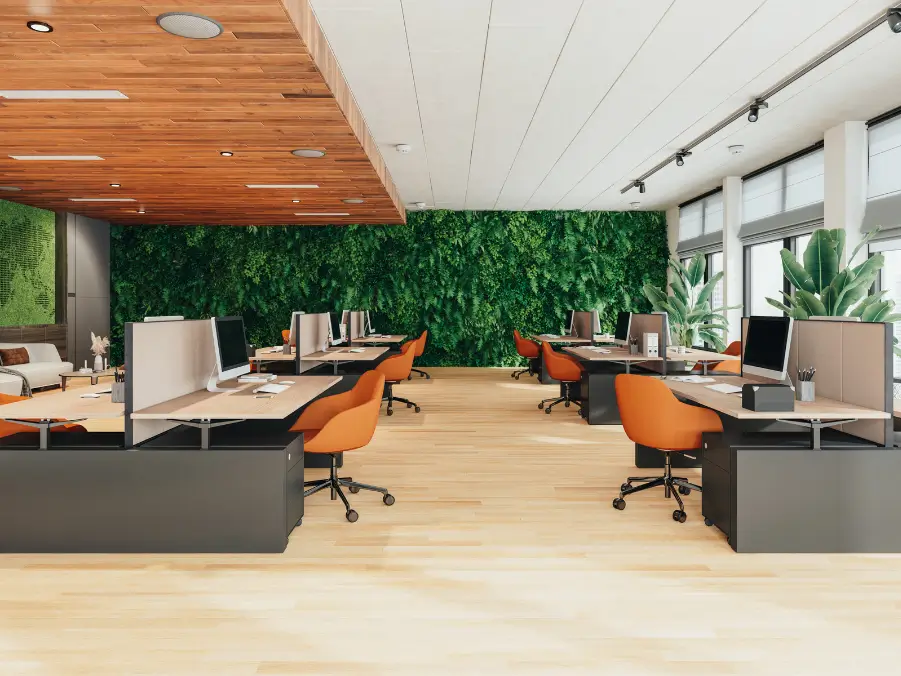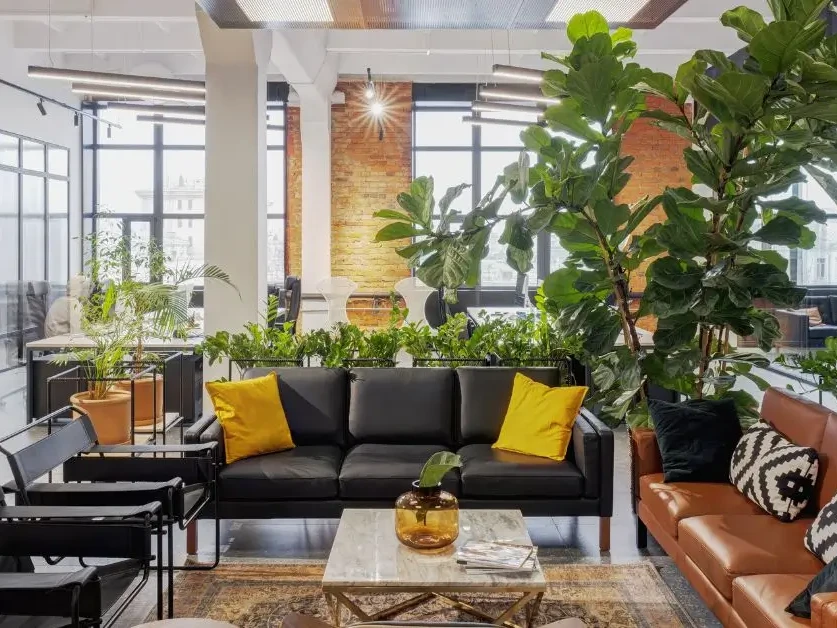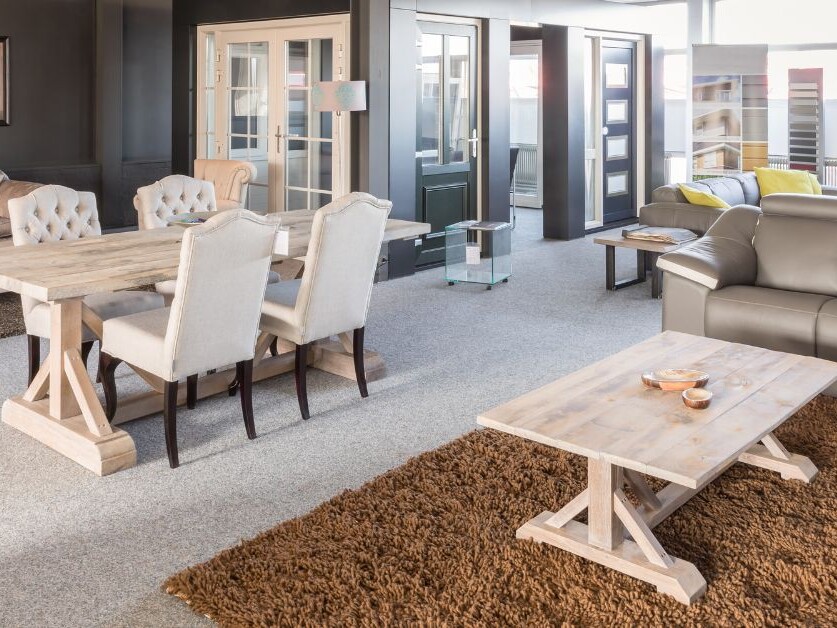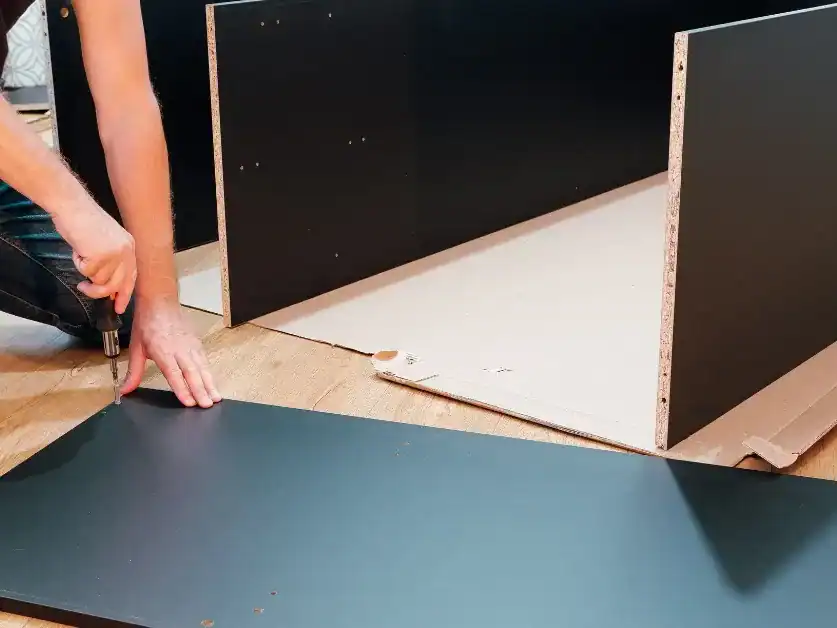The end of the year is a natural time for reflection and planning. For businesses like yours, this includes not only evaluating past performance but also rethinking how physical spaces can enhance collaboration and productivity in the coming year. At Environments Denver, we believe that well-designed workspaces are crucial for fostering teamwork, creativity, and innovation. In this post, we’ll share with you current workplace design trends for 2025 and give you tips on how to design spaces that encourage collaboration as we move into the new year.
The Importance of Collaborative Spaces
Whether your work environment is remote, hybrid, or fully office-based, collaboration among your employees is one of the key requirements for your business to thrive. Research indicates that collaborative workspaces can lead to increased productivity, improved communication, and higher employee satisfaction. As businesses adapt to hybrid work models and evolving team dynamics, the design of office spaces must support these changes. Here are some insights on how to create environments that foster collaboration.
1. Open layouts with defined areas
While open office layouts have been popular, you have to find the right balance between open space and privacy. Make sure you create a flexible layout that encourages collaboration while providing quiet spaces for focused work. Consider designing open spaces with defined areas for team meetings, brainstorming sessions, and quiet work. Use furniture and partitions to visually separate these areas while maintaining an open feel, allowing for easy movement and interaction.
2. Technology-enabled collaboration tools
One of the emerging workplace design trends for 2025 is incorporating technology into office design. It is done with the aim to enhance collaboration and efficiency. Equip meeting rooms and common areas with advanced audiovisual systems, interactive whiteboards, and video conferencing tools to facilitate seamless communication. Ensure that all employees have access to the necessary technology, whether they are in the office or working remotely. Such a blend of office space and tech not only fosters collaboration but also ensures that hybrid teams can work together effectively.
3. Comfortable and functional furniture
The right furniture can make a significant difference in promoting collaboration. Choose comfortable seating options that encourage team discussions, such as lounge chairs, ottomans, and modular seating arrangements. Collaborative spaces should be designed for comfort and functionality, allowing employees to gather easily and engage in conversations. Consider incorporating standing desks or movable furniture to facilitate adaptability based on the team’s needs.
4. Dedicated collaboration zones
Designate specific areas in the office for collaboration and team activities. These zones can include informal meeting spaces, breakout rooms, or even outdoor areas that encourage creativity and interaction. Incorporating elements like writable walls, comfortable seating, and natural light can create inviting environments that inspire teamwork and innovation.
5. Incorporating biophilic design
Biophilic design, which emphasizes the connection between nature and the built environment, can significantly enhance workplace collaboration. Integrating natural elements such as plants, natural light, and outdoor views can create a calming atmosphere that encourages creativity and collaboration. Consider incorporating green walls, indoor gardens, or large windows that bring the outdoors in, promoting a sense of well-being among employees.
6. Flexibility and adaptability
As work styles continue to evolve, flexibility in office design becomes increasingly important. One of the emerging workplace design trends for 2025 is creating spaces that can easily adapt to various team sizes and functions. Movable furniture, adjustable meeting spaces, and multipurpose areas can accommodate different team interaction needs throughout the day. This adaptability not only fosters collaboration but also allows your business to respond quickly to changing demands.
7. Encourage social interaction
In addition to formal collaboration areas, it’s vital to design spaces that encourage social interaction. Break rooms, kitchens, and lounges can serve as informal meeting spots where employees can connect and share ideas. Consider adding games, seating arrangements that promote conversation, and even coffee stations to create a welcoming atmosphere that fosters relationships among team members.
8. Feedback and iteration
As you design collaborative spaces, make sure you gather feedback from employees. Conduct surveys or hold focus groups to understand their needs and preferences. This collaborative approach to workspace design not only empowers employees but also ensures that the spaces created are genuinely effective in promoting collaboration and productivity.
Conclusion
As you reflect on the past year and look forward to 2025, rethinking your workspace for improved collaboration might be an important step for your business. At Environments Denver, we believe that thoughtful design can transform your office into a hub of creativity, communication, and connection. By incorporating open layouts, technology, comfortable furniture, and biophilic elements, you can create an environment that fosters collaboration and enhances overall productivity.
Let this year-end be a time for transformation and preparation. By learning about the latest workplace design trends for 2025 and investing in your workspace design, you can set the stage for a successful and collaborative year ahead. As we step into 2025, let’s embrace the potential of our environments to drive innovation and teamwork.
